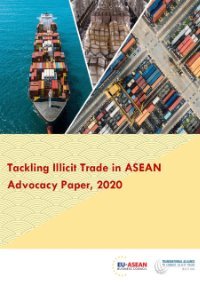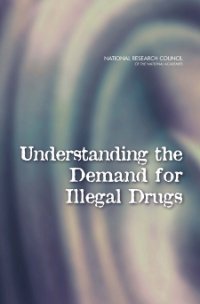By A Joint Effort Between EU-ABC & TRACIT.
TRACIT has joined with the EU-ASEAN Business Council (EU-ABC) to issue a report that sheds light on the growing problem of illicit trade in the Association of South East Asian Nations (ASEAN). The report, titled, “Tackling Illicit Trade in ASEAN”, comes at a time when illicit trade is gaining momentum in ASEAN and as officials prepare for the upcoming 14th ASEAN Ministerial Meeting on Transnational Crime (AMMTC). The paper investigates various forms of illicit trade in the region, the affected industry sectors and provides critical insight on how government and industry leaders can work together to introduce regulatory changes to confront this pressing issue.
NY: TRACIT. Advocacy Paper, 2020. 35p.







